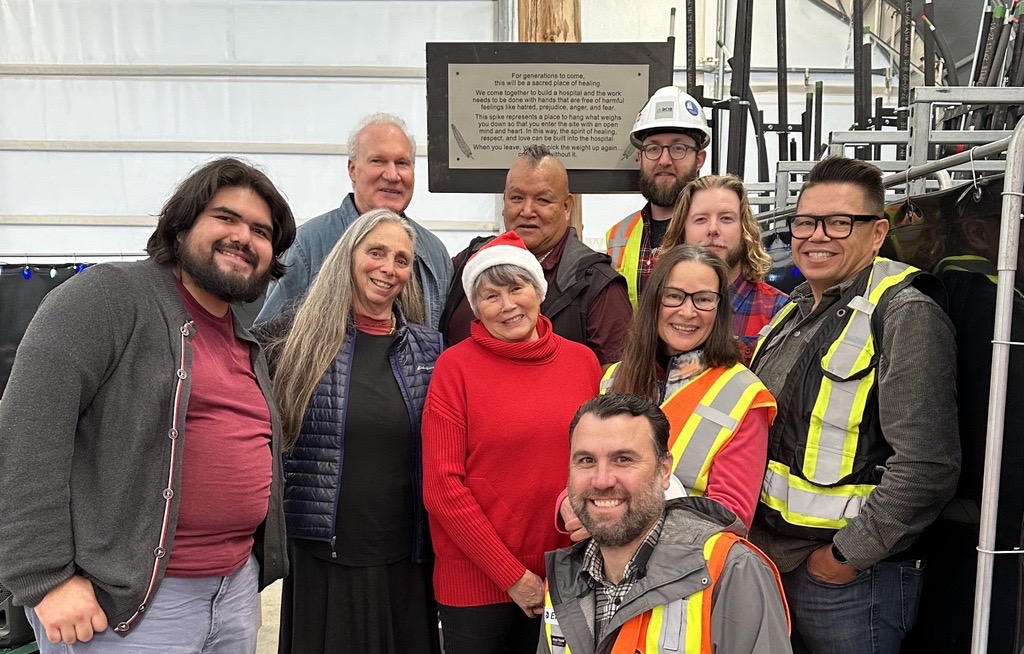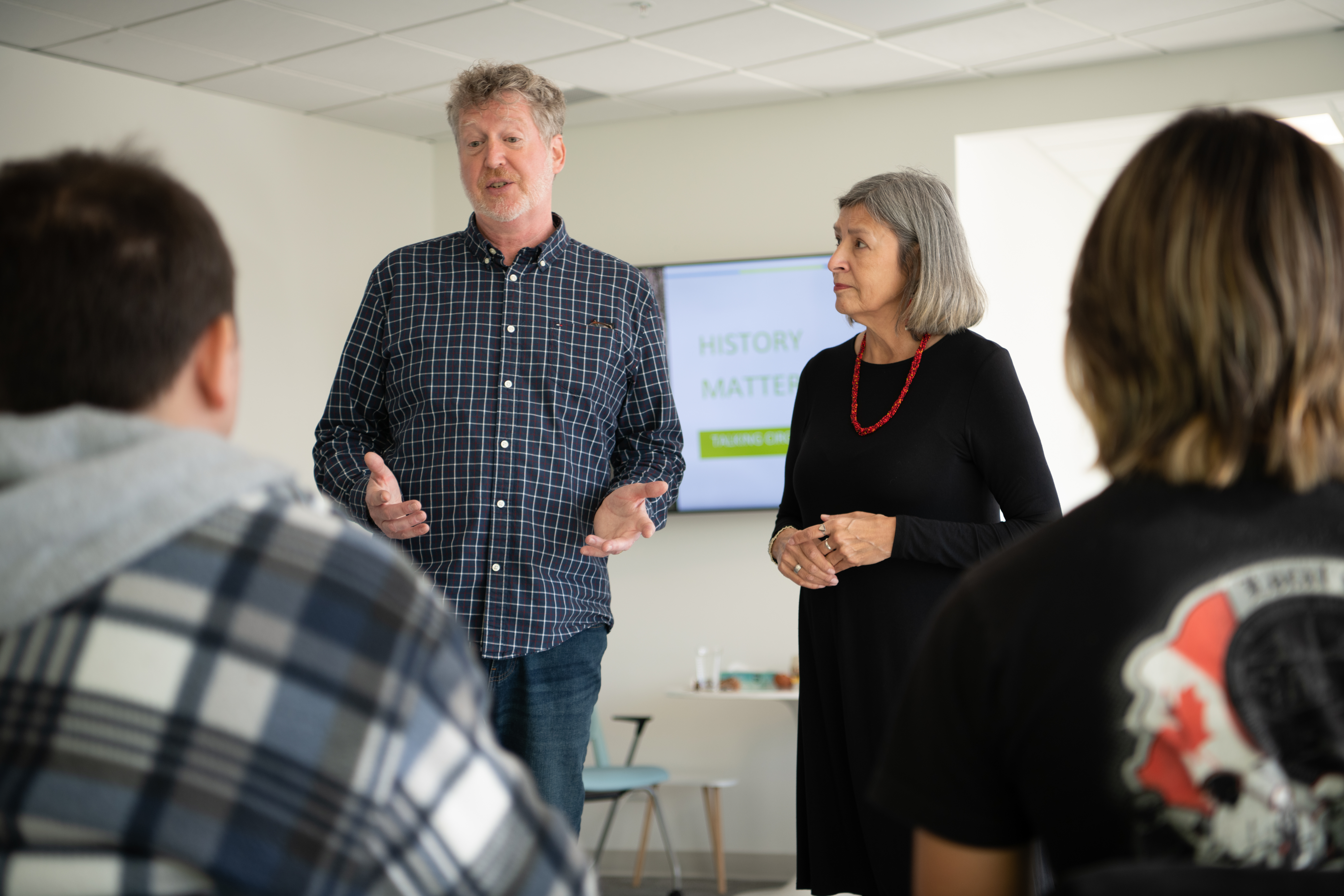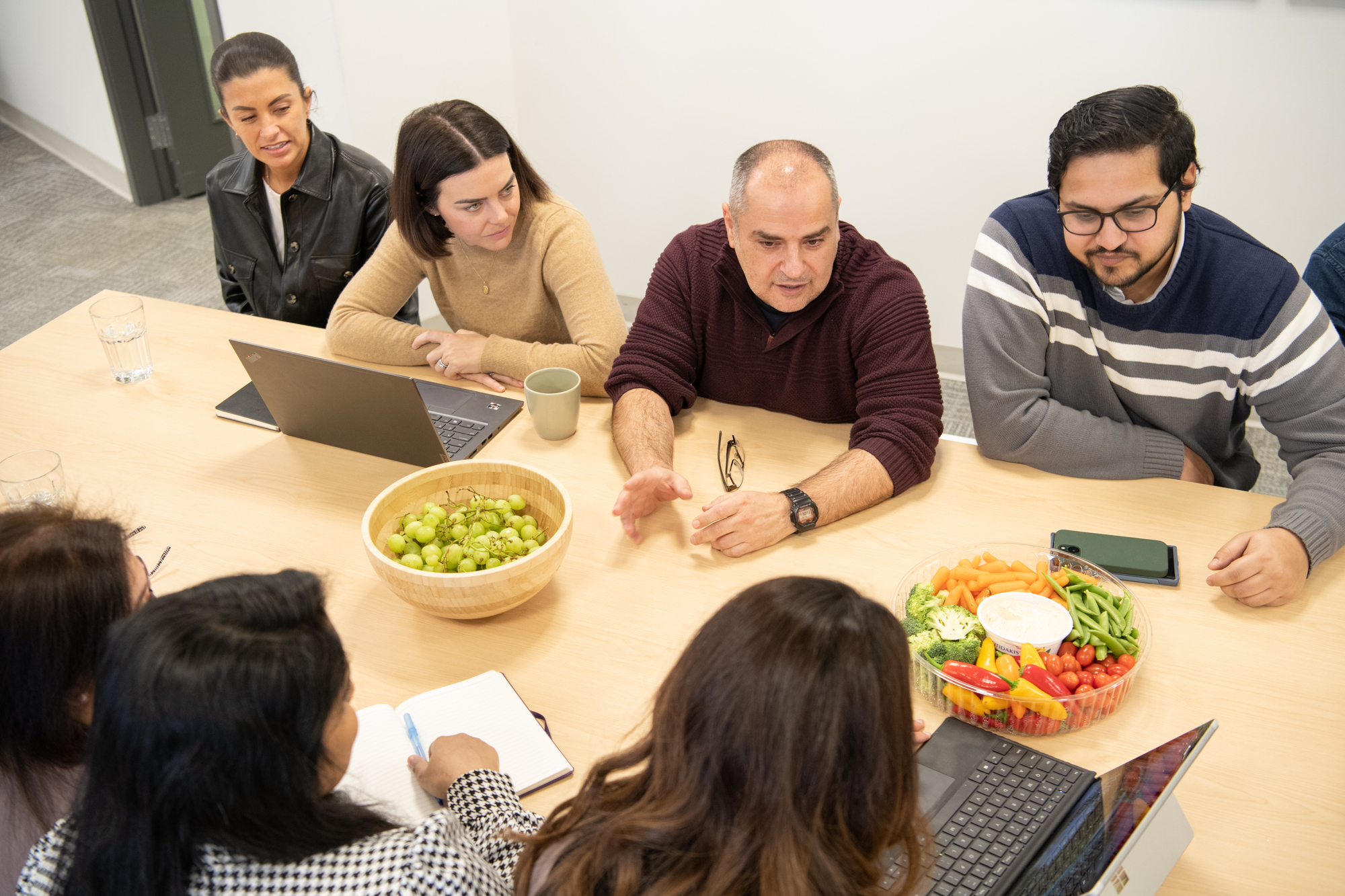Take, for example, the case of Suzannah Kelly, BCIB’s director of communications. Kelly works remotely from Victoria and travels to the corporate office in Vancouver when needed. She is also a single mom. Sometimes the travel schedules don’t line up with child-care schedules. But BCIB is happy for her to simply bring her daughter with her.
“I know a lot of working moms, and many of them abide by an unwritten policy that we shouldn’t talk about our kids at work,” says Kelly. “I never feel that way at BCIB. Not only is my daughter allowed to come to the office with me, but she’s made to feel like a part of the family.”
More than half — some 59 per cent — of BCIB’s corporate staff are women. On the construction sites, BCIB has twice the norm: women account for nine per cent of tradespeople, while the industry average is 4.5 per cent. “We make a big effort toward creating the type of workplaces, both in our corporate environment and on our construction sites, where people feel respected and welcome,” says president and CEO Irene Kerr. She points out that BCIB’s corporate employees were born in, at last count, 27 countries. That diversity is also seen in its skilled trades force. For example, among its tradespeople, up to 15 per cent are Indigenous, compared with the B.C. construction industry average of less than five per cent.
That reflects the organization’s unique collective agreement, which is committed to diversifying the skilled workforce through a mechanism called priority hiring, she says. “That means we look at each request from job contractors and look to see whether we can fill that with either a qualified woman, member of the Indigenous community or others who are qualified but under-represented in projects.” For Megan Haliburton, team lead of workforce operations for the Lower Mainland, being a woman at BCIB is inspiring. “Most people associate a certain demographic — definitely male — with construction,” says Haliburton, who is involved with the replacement Pattullo Bridge linking New Westminster and Surrey, and the Broadway subway project in downtown Vancouver. “So, for me, there’s a sense of pride in being a female on a worksite. You think, ‘Here’s a woman who’s carving out a path for the future.’ Right?’”
The opportunity to continually learn new skills is also a benefit of working at BCIB, she adds. “I think a lot of people, like me, thrive in environments where we encounter new situations, or unique situations, or situations you would never have to solve. That keeps me engaged.”
Encouraging staff to learn and develop is a big part of BCIB’s work, notes Kerr. It offers a network of projects providing skills acquisition for its on-site workers. “Some of our people come in as apprentices. Eventually they can move on to the journey level, and finally they acquire their Red Seal. “But a number of apprentices get to a certain place and stop. So, we’ve tried to provide an environment of coming onto the site and, over time, completing your journey by getting your Red Seal, which means you can make the maximum income. We want our work-site people to reach their maximum potential.”





